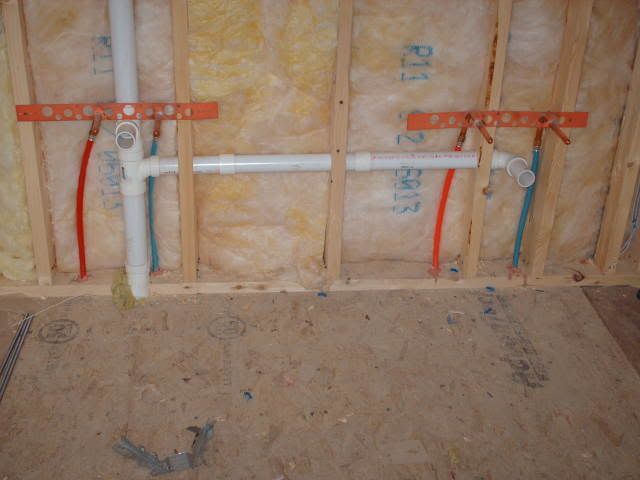I'm installing two new sinks in my basement and was wondering if I need to use long sweep fittings after the p-trap since they are tying into a horizontal drain in the wall. My reason for asking is that my plumbing book says that a long sweep fitting is required for all horizontal transitions. However these fittings don't lend themselves well to coming out of the wall neatly to tie the p-trap into. Are they really require in this instance or can I use a regular 90 degree fittings?
Thanks Fred
Thanks Fred



 Little about a lot and a lot about a little.
Little about a lot and a lot about a little.






Comment